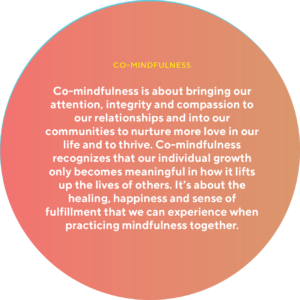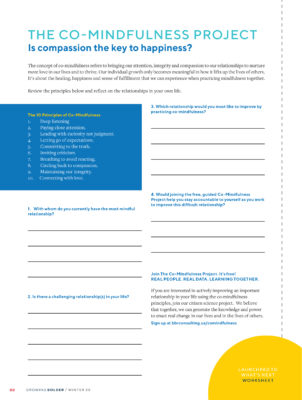 By: Doro Bush Koch and Tricia Reilly Koch
By: Doro Bush Koch and Tricia Reilly Koch
The story behind the Co-Mindfulness Project
This year, we started working on a book that will feature interviews about the different ways to practice mindfulness — spending time in nature, listening to music, engaging in a creative project. The aim of the book is to help people, who might not be drawn to meditation, find ways to practice mindfulness that appeal to them to increase their happiness and sense of wellbeing.
For the book, we had the great privilege of interviewing His Holiness the Dalai Lama. When we asked him what was the best way to practice mindfulness, to our surprise, his answer was not meditation but compassion. The Dalai Lama’s answer had us wondering if the mindfulness movement might be putting too much emphasis on our individual happiness and wellbeing and not enough on the wellbeing and happiness of others.
During this time, we also met Amma, who is known throughout the world as the hugging saint. We were deeply moved by Amma’s life of service and her message and example of unconditional love. And we definitely recommend her hugs.
What we noticed about these two great spiritual teachers was that their love and compassion for others seemed to give them an awful lot of joy. Was this the real secret of mindfulness and how to achieve happiness and a sense of wellbeing — focusing our attention and love a little less on ourselves and more on others?

As the Dalai Lama has so famously said, “If you want others to be happy, practice compassion. If you want to be happy, practice compassion.” Practicing compassion, as it turns out, is one of the best ways to invest in our own happiness. And so, we started asking ourselves: How can we practice mindfulness with others to cultivate more love and compassion?
That question led us to the concept of co-mindfulness, which we define as bringing our attention, integrity and compassion to our relationships to nurture more love in our lives and to thrive.
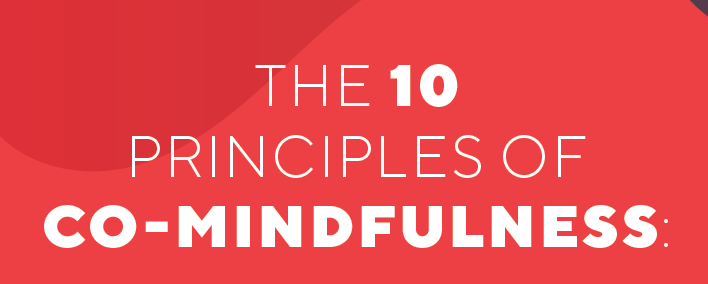
1. Deep Listening
Deep listening is about making ourselves fully available to another person. When we listen deeply, we listen to the person’s emotions as well as their words. Instead of responding with our own story or thoughts to what the person is telling us, we ask questions that draw the person out to forge a deeper understanding and intimacy. The more we practice deep listening with the people in our lives, the more we show them our understanding and love, the more we will be loved and understood in return.
2. Paying Close Attention
Mindfulness is about bringing our full attention to the present moment. In co-mindfulness, we bring our full attention to another person. We pay attention to the person’s body language, tone of voice, what they’re not saying. We also pay attention to our own thoughts and feelings as we engage with the person. When we pay close attention, we are essentially in meditation with another person, observing with compassion what comes up for them as well as for us.
3. Leading With Curiosity Not Judgement
In co-mindfulness, we reject our automatic default mode with people. Instead, we stay open and curious to everyone with whom we come into contact, even the people we know well. By leading with curiosity instead of with judgment, our relationships become creative spaces where we can be taken by surprise, learn about ourselves and others, explore new levels of intimacy and be inspired to grow.
4. Letting Go of Expectations
Often, what harms our relationships most are the expectations we have of people. And yet, mindfulness is at the heart of accepting what is, which includes accepting the people in our lives for who they are. In co-mindfulness, we strive to love the people in our lives for who they are all the while gently helping them be the best that they can be. Our expectations won’t change people, but our love might.
5. Committing to the Truth
A mindful relationship is committed to the truth, even when the truth might be uncomfortable for us. Don’t ignore difficult emotions you might be having with someone. Find a kind way to express, in the moment, how the person’s actions are making you feel. And remember, the truth goes both ways. Be prepared to listen, with patience and kindness, to the person’s experience of your actions.
6. Invite Criticism
None of us is perfect. While this shouldn’t be an excuse for bad behavior, it’s important to acknowledge that we all make mistakes. Our relationships offer us the best opportunity to learn from our mistakes and grow. So, be proactive and invite the criticism by asking, “Have I said something to hurt or offend you?” The worst that can happen is the person says yes. The best that can happen is you learn from the experience and grow closer.
7. Breathing to Avoid Reacting
Just like we use our breath when meditating to focus our minds, we can use our breath to regulate our anxiety and other difficult emotions to be in the present moment with another person. You’re walking into a big meeting, stop for a moment and breathe. Your child is on the attack and pushing all your buttons, breathe. Let your breath keep you centered and prevent you from reacting without thinking.
8. Circling Back to Compassion
We make a huge mistake when we treat our relationships as a means to an end. In co-mindfulness, our compassion drives our relationships, not our self-interest. Instead of asking ourselves, “What am I getting from this person?” we ask ourselves, “What can I give this person? What does this person need?” We do this from a place of strength, knowing that the more care and compassion we show others, the happier and more confident we become.
9. Maintaining Our Integrity
Co-mindfulness is a deeply giving practice. However, at no point does giving generously of ourselves involve compromising our integrity or core values. If someone is mistreating you or acting in ways that don’t align with your core values, it’s important to speak up. If the person still fails to meet you, then it might be time to walk away. Remaining true to who you are is key to a mindful relationship.
10. Connecting With Love
We wait for the day when love will sweep us off our feet. But we do love and ourselves a great disservice when we limit love to a romantic experience between two people. Love isn’t something that happens to us, it’s a choice. We don’t wait for love, we give love. Love isn’t limited to two people or even a small group of people. In
co-mindfulness, we recognize love as a powerful force for change in our world and consciously choose to create sparks of love with every person we meet.
Click Here to Download the Co-Mindfulness Worksheet

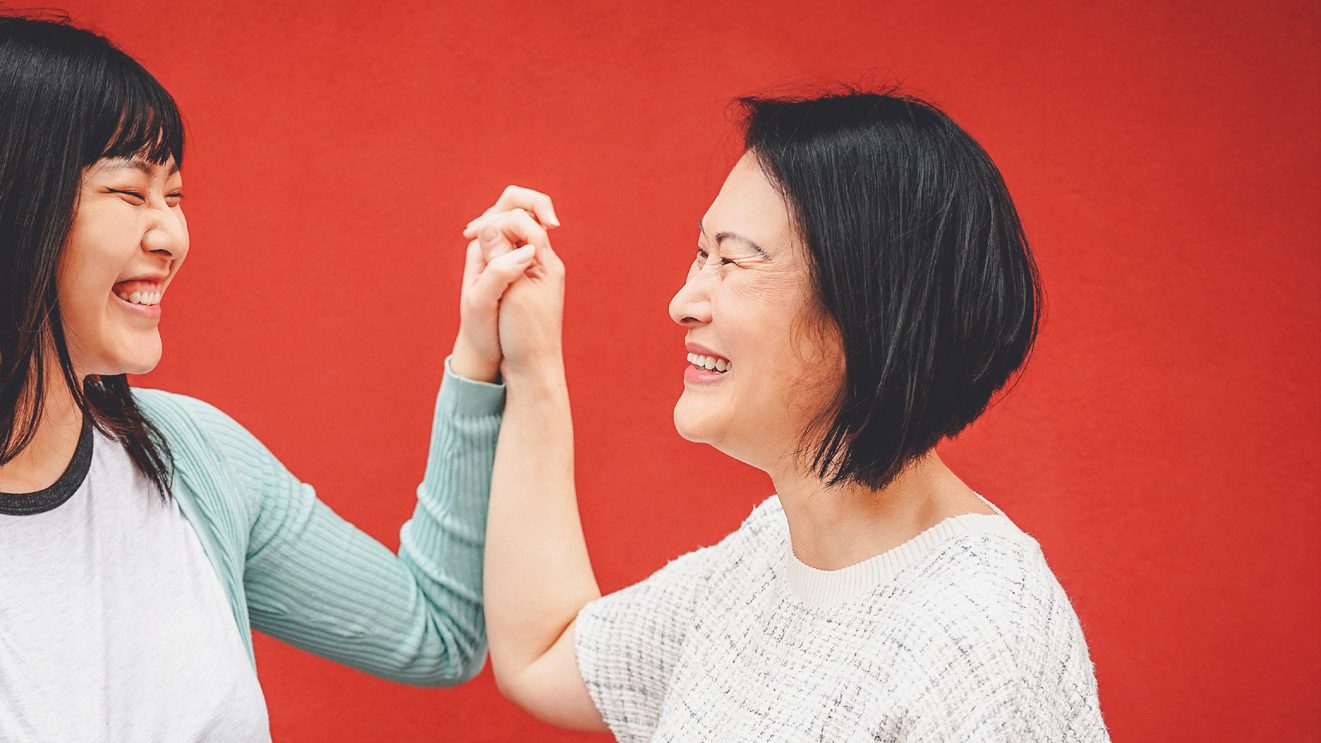
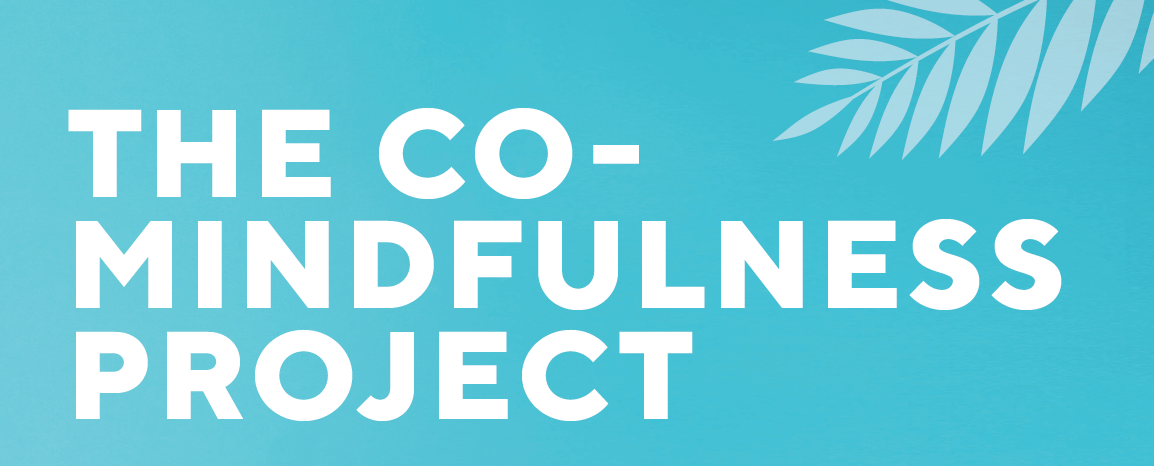 By: Doro Bush Koch and Tricia Reilly Koch
By: Doro Bush Koch and Tricia Reilly Koch